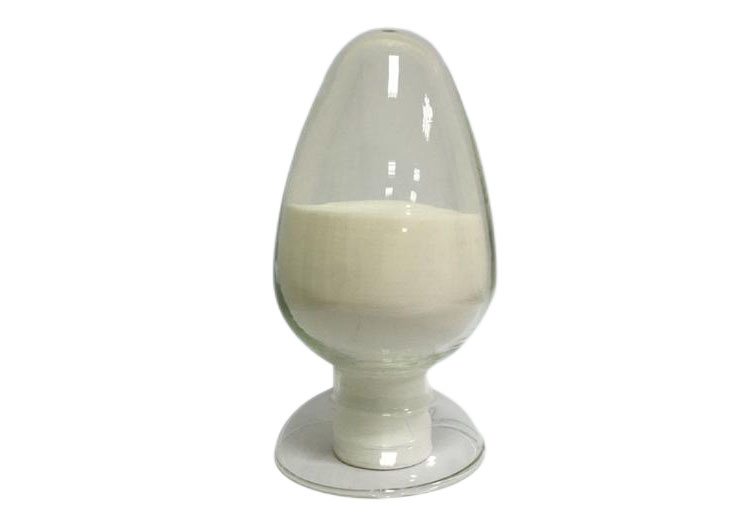
Diafenthiuron 97% 98%TC 50%SC WDG
1.Applicable crops: Fruit trees (oranges, apples), cotton, vegetables, tea and ornamental plants
2.Control objects: Mites (leaf mites, rust mites), aphids, mealworms, leafhoppers, various moth pests, etc., have high control effect, and produce resistant diamondback moth, cabbage insect and leaf roll moth, etc.
3.Method of application: Must choose direct sunlight weather spray (such as sunny day spray, do not choose cloudy day, early morning, evening spray, etc.), to achieve the best effect.
4. Precautions: Do not mix with alkaline pesticides,It can be mixed with bordeaux solution and used immediately
5. Customerized packing label
6. FAO standard
7. Professional registration GLP,ICAMA,LOA etc.
Diafenthiuron Customer Reviews
Diafenthiuron FAQs
-
80%High PurityEnsure the reliability of each product.
-
58%Fast-Acting FormulaQuickly provide visible effects
-
What is Diafenthiuron, and how does it work?
What is Diafenthiuron, and how does it work?
Diafenthiuron is a thiourea insecticide and acaricide that acts as a mitochondrial ATPase inhibitor, disrupting energy production in pests. It is effective against sucking and chewing insects, including whiteflies, aphids, and mites. Its translaminar movement ensures thorough plant protection, making it suitable for integrated pest management (IPM) programs.
-
What pests does Diafenthiuron control?
What pests does Diafenthiuron control?
Diafenthiuron is highly effective against whiteflies, jassids, thrips, and spider mites in crops like cotton, vegetables, and tea. It provides both contact and systemic action, ensuring pests at different growth stages are controlled. Its residual activity helps reduce the frequency of reapplications.
-
Is Diafenthiuron safe for beneficial insects?
Is Diafenthiuron safe for beneficial insects?
While Diafenthiuron is toxic to pests, it has moderate effects on natural predators like ladybugs and lacewings when used at recommended doses. Avoid excessive use to preserve beneficial insect populations. It should not be applied during peak pollinator activity to protect bees.
-
Can Diafenthiuron be mixed with other pesticides?
Can Diafenthiuron be mixed with other pesticides?
Yes, it can be tank-mixed with compatible insecticides and fungicides to enhance pest and disease control. However, avoid alkaline mixtures, which may reduce efficacy. Always conduct a jar test before large-scale mixing to check for compatibility and phytotoxicity.
-
What safety precautions should be taken with Diafenthiuron?
What safety precautions should be taken with Diafenthiuron?
Wear gloves, goggles, and a respirator during handling. Avoid contact with skin and eyes. In case of accidental exposure, wash thoroughly with water and seek medical help if irritation occurs. Store in a cool, dry place away from food and feed.





